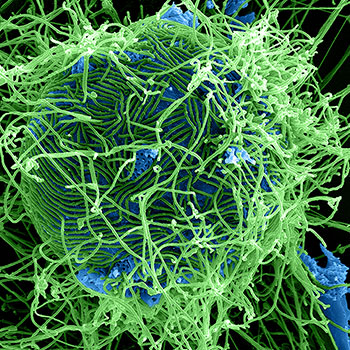Question #31bc6
1 Answer
To ensure you are readings are correct.
Explanation:
In spectrophotometry you use a spectrophotometer set at a particular wavelength. This wavelength is the wavelength at which the thing you are trying to measure abosrbs the most.
However, sometimes there can be other things in the solution, besides the thing you are trying to measure, that also absorb a little at that wavelength you are using. To correct for this you 'blank' on just a solution that doesn't contain the thing you are measuring, and this gives your your base, or zero, reading. You then put in the solution containing the thing you are trying to measure and you can take the reading, and you know the reading is just due to the thing you are trying to measure.
So, for example, say I have a compound A, and I wish to measure the absorbance of 1 g of compund A dissolved in 1 liter of water. First, I would 'blank' my spectrophotometer on the water, and set the reading to zero. I would then take the solution of A and read it. I would be confident that the absorbance I get is due to the presence of A, and not something else in the water.
Here is a video showing an experiment to determine the concentration of an unknown sample of iron (III) chloride.


